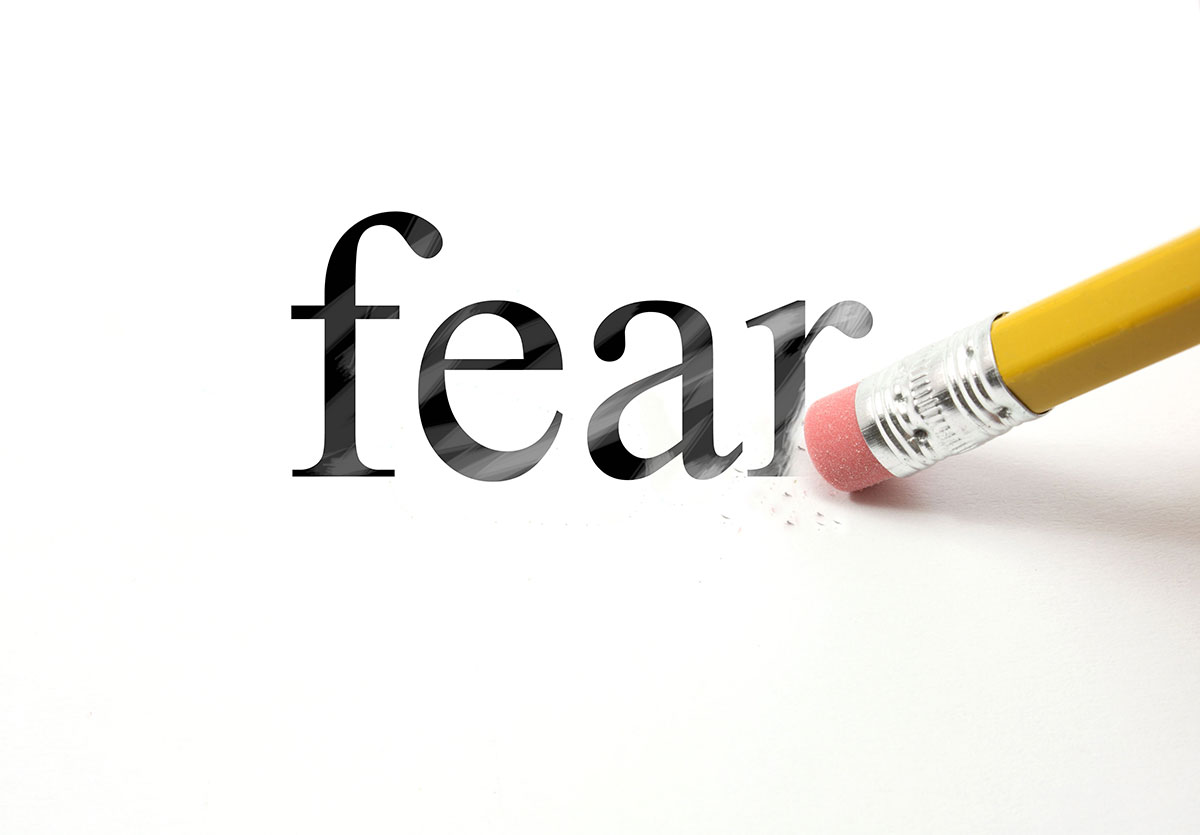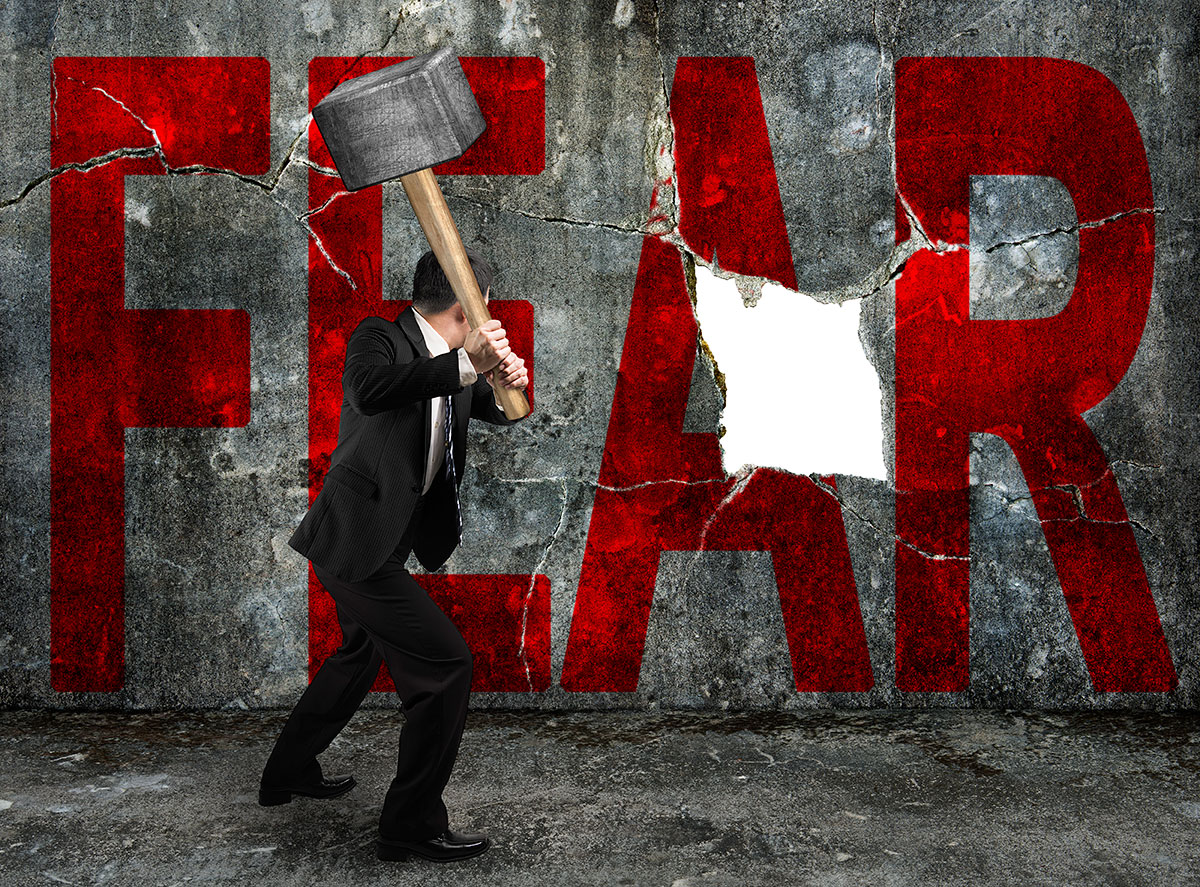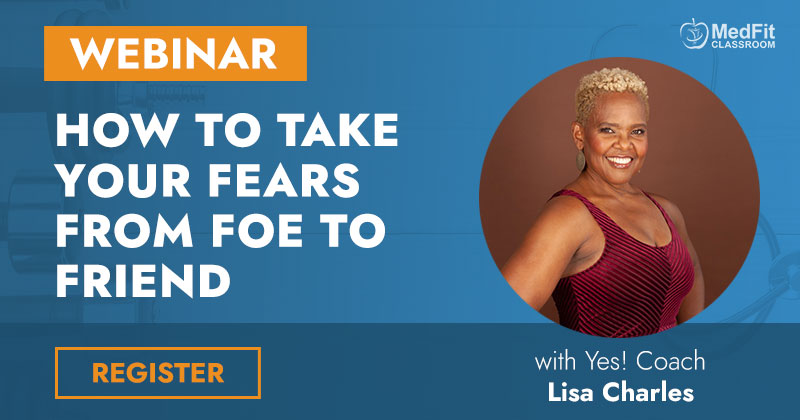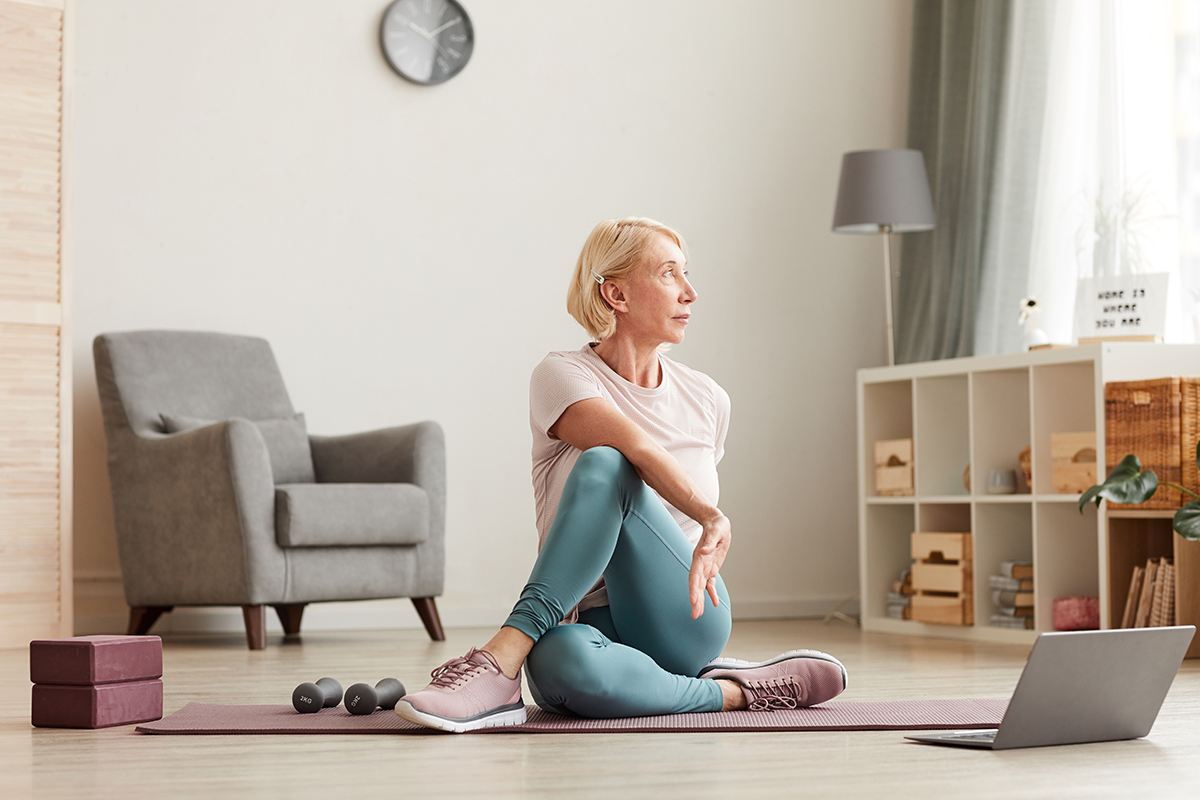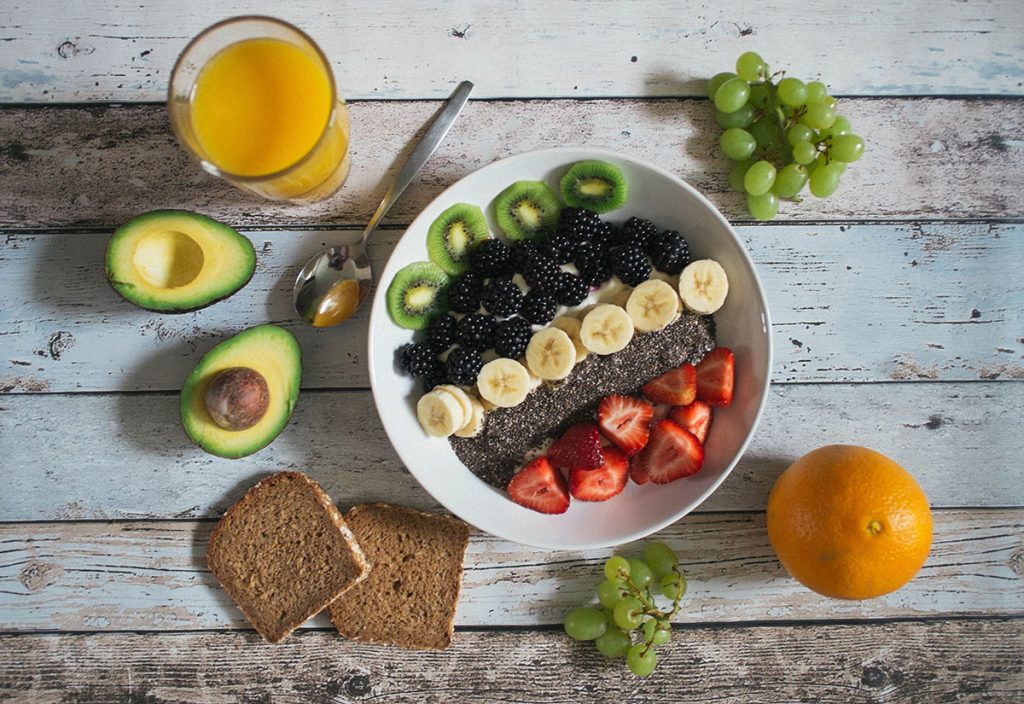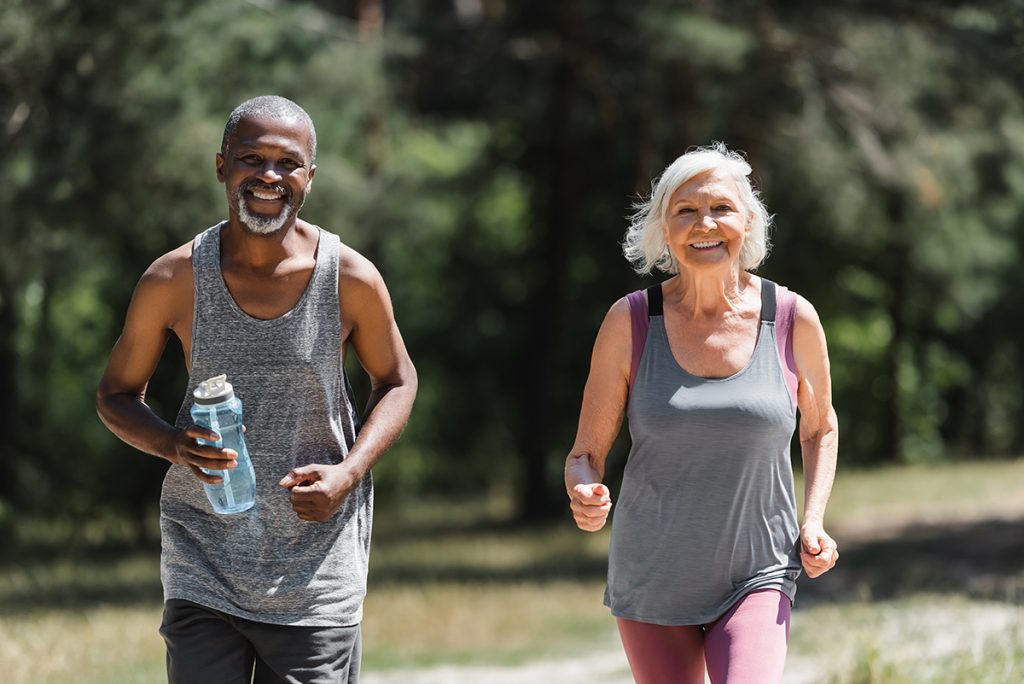Harness the Limitless Potential of Your Mind with Meditation
The mind is a powerful tool or weapon that can be used to work for us or against us. Everything begins with a thought. From the moment we wake up until laying our head on the pillow each night, our mind is consumed with thoughts; more than 60,000 a day by the time we reach age 40.
95% of those thoughts occur in the subconscious mind, making us unaware we have them or even what they are most of the time. Thoughts run on autopilot throughout the day unless we do the internal work to become aware of them and shift our thinking.

Awareness is the first step to reprogramming the mind with different thought patterns. Once we begin practicing a mindful lifestyle and becoming aware of the thought patterns that are regularly showing up in our lives, we can then learn and use tools to reprogram the mind to think differently. Think of it like this: the brain is the hardware, and our mind is the software, the software we use daily determines how we think, feel and react or respond to various situations.
The good news is, it is possible to “rewire the brain” a term referred to as neuroplasticity. The latest technology in science reveals that by creating new neural pathways in the brain, we are capable of rewiring neural pathways, creating new neurons that fire together which allows us to think and process differently, thus leading to less reactionary responses and more responding to our external environment.
The question is how do we do this if our mind is on autopilot and we are mostly unaware of our thoughts?
One answer is through the long-practiced method of meditation, a process of refocusing the mind. Meditation is a mental exercise that with practice trains the brain to think and process differently. It is through refocusing the mind to think about one thing and ultimately “no thing” that allows for us to tap into our subconscious mind and create new programming.
Often people say they cannot meditate or can’t calm their monkey mind. That is true for those who do not practice training it to be different. Being mentally fit is a practice that requires exercise, just as muscles do when training in the gym or recovering from a physical ailment. The mind must also be exercised and taught to think and react differently.
There are many different modalities to the practice of meditation, just as there are many workouts in the gym to become physically fit. It’s about exploring the types of modalities and finding one that works for you or your client. Mental resilience is built each time new neural connections are made, each time we go through a challenging time and overcome it, we become more mentally fit thus giving us resilience for the next time we face something hard.
Understanding how the brain works and how it pre-dispositioned to think negatively over positively, allows us to have compassion and patience with ourselves while learning to create a consistent routine of practicing meditation. Discovering the mind/body connection and how they work together also empowers us to be able to choose differently in situations where we become aware we are reacting from autopilot rather than choosing to respond.
Meditation is currently a $1 billion industry and is rapidly growing. Learning how to use meditation in your own life, while also learning how to instruct others through science-based, proven modalities expands your revenue offerings as well as helps clients heal faster and live happier lives.
Learn More: Online Education from Briana Bragg
Check out Briana’s short courses with MedFit Classroom for more. Click course for details:
Briana Bragg is the founder of Vacation of the Mind®, a mental wellness company dedicated to helping one million people or more reduce stress, refocus the mind, and lead healthier and happier lifestyles through practical techniques of nature-centered mindfulness and meditation. Briana is the author of “Journey into Tranquility®”, a meditation teacher training course that utilizes science-based methodologies of nature, meditation, and creative visualization in a three-step process Breathe, Refocus, Journey, curating guided journeys that connect people to nature and stillness. Briana’s dynamic energy and passion are fueled by her devotion to the well-being of others.


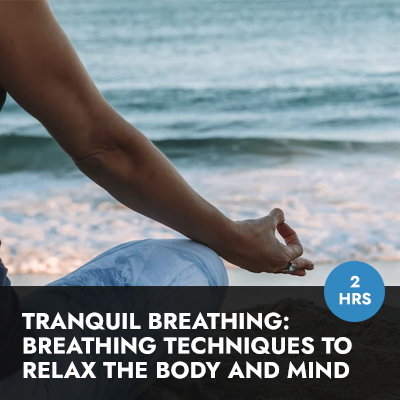
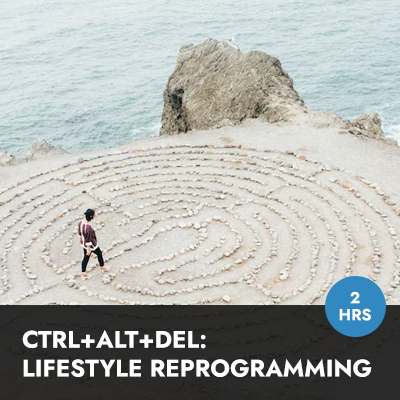
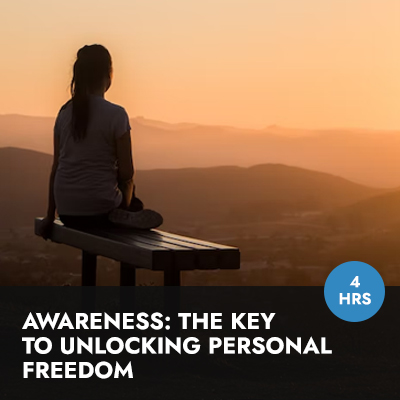
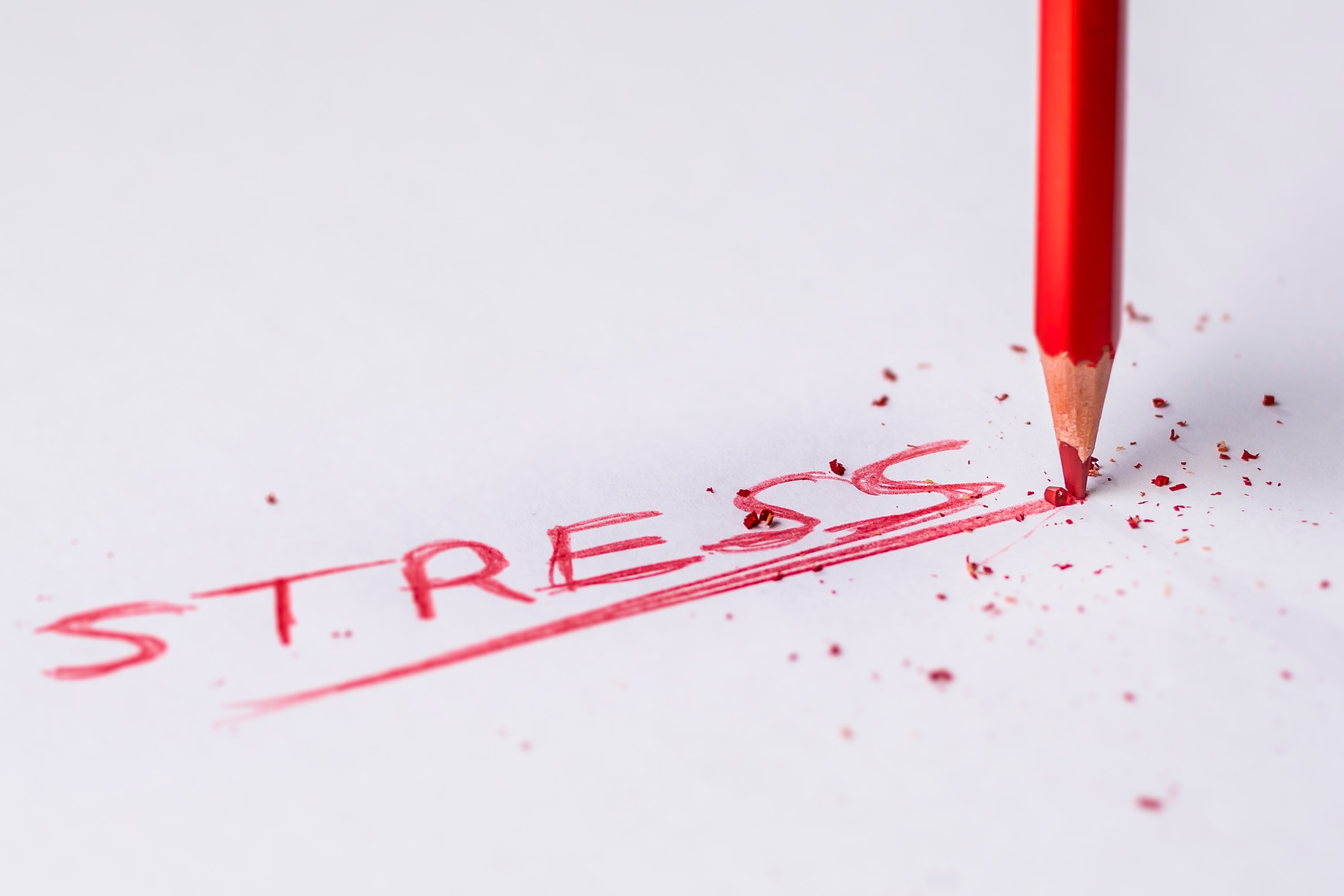
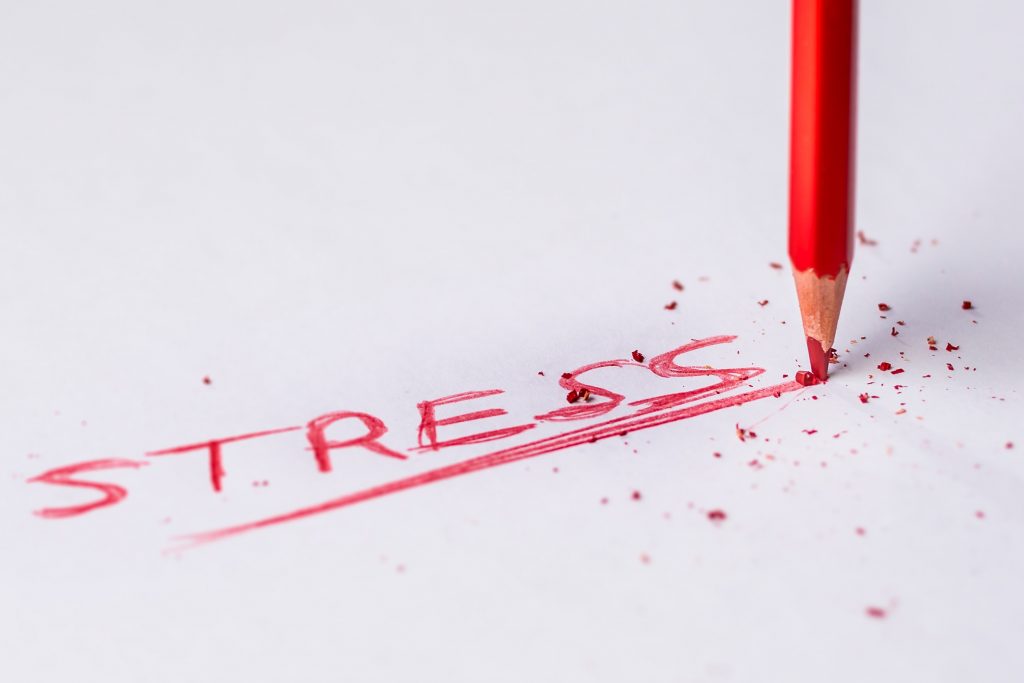
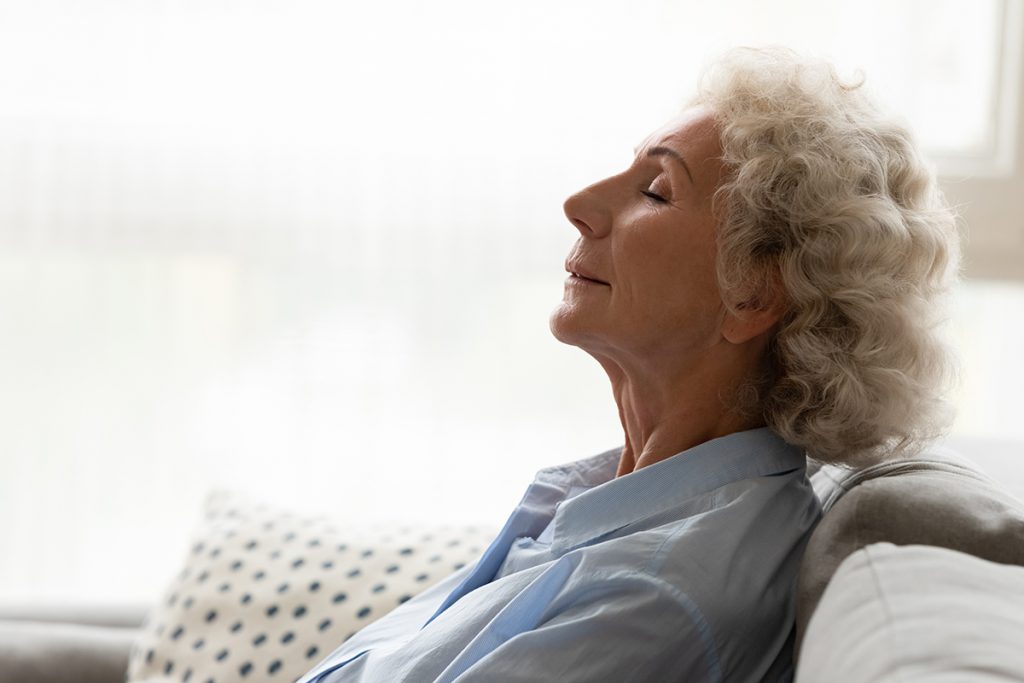
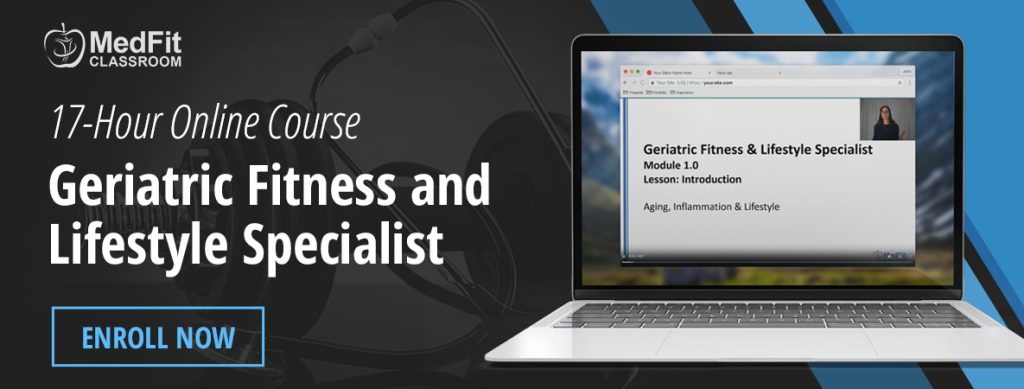

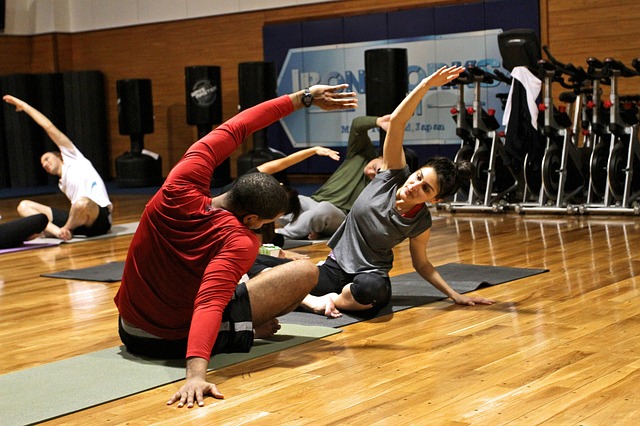


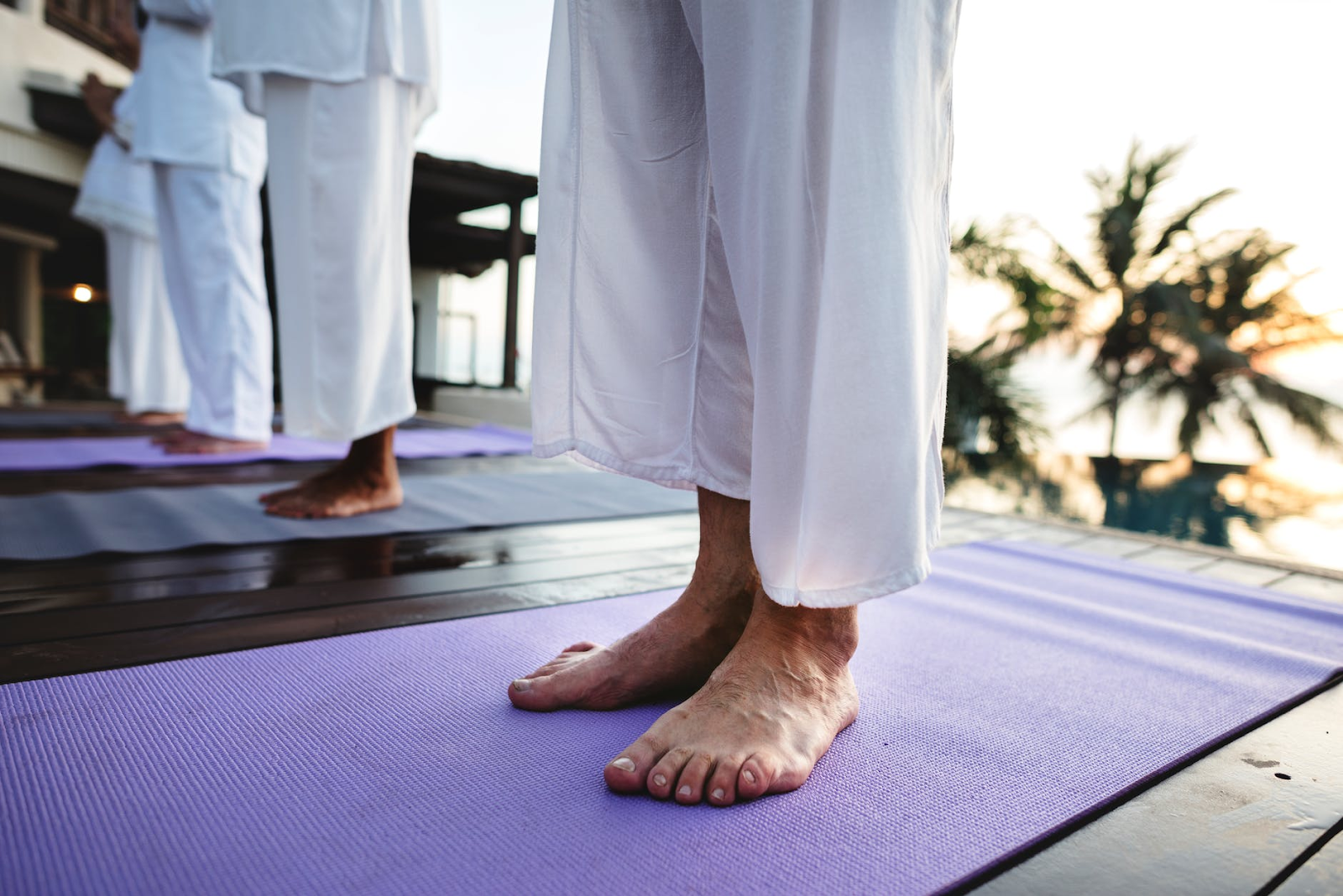
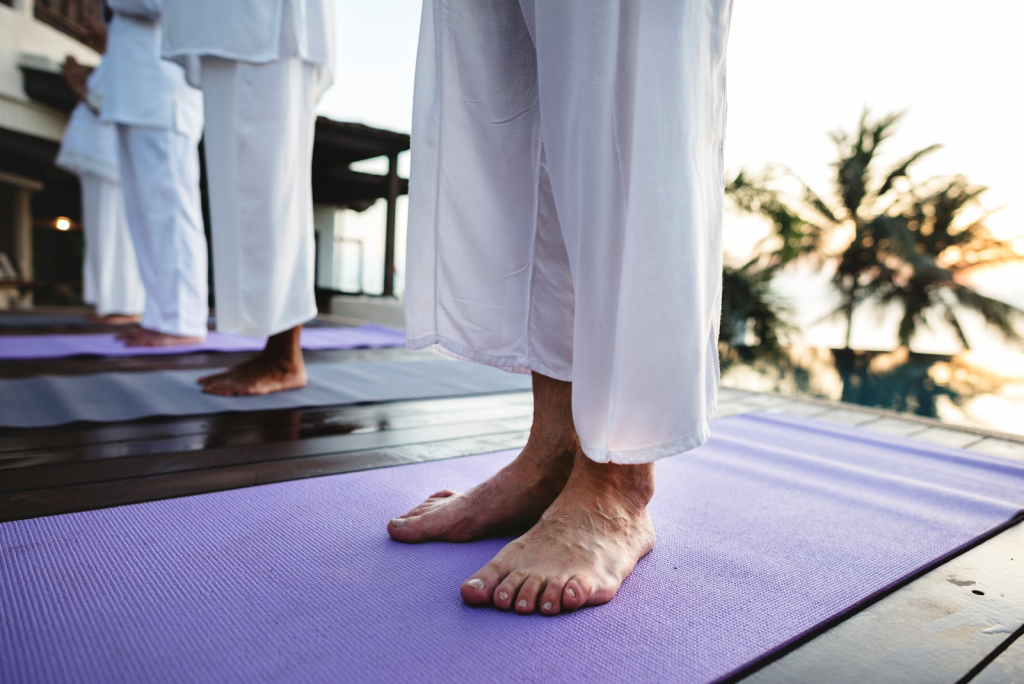 Start Working Out More at Home
Start Working Out More at Home
 After completing your assessment, you will develop a wellness program for your client. The program will include: exercise, meditation (specific to this condition), and aromatherapy, as well as other components. Try to have your client establish a regular daily wellness routine. Journaling is also important as it helps to connect your thoughts, feelings and behaviors. Support groups can also help as women share their experiences with others.
After completing your assessment, you will develop a wellness program for your client. The program will include: exercise, meditation (specific to this condition), and aromatherapy, as well as other components. Try to have your client establish a regular daily wellness routine. Journaling is also important as it helps to connect your thoughts, feelings and behaviors. Support groups can also help as women share their experiences with others.